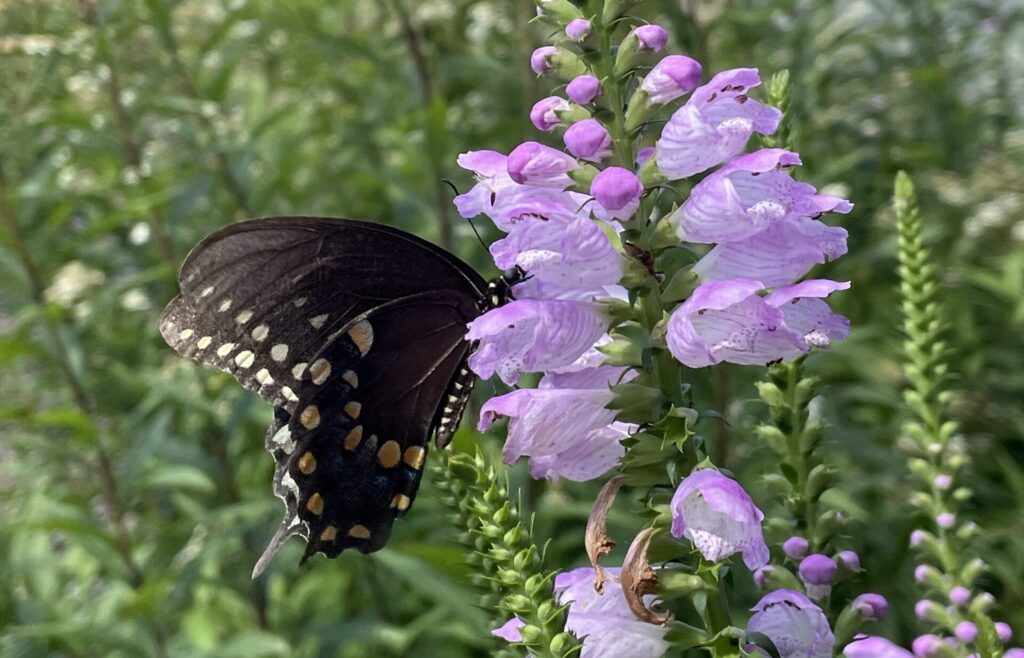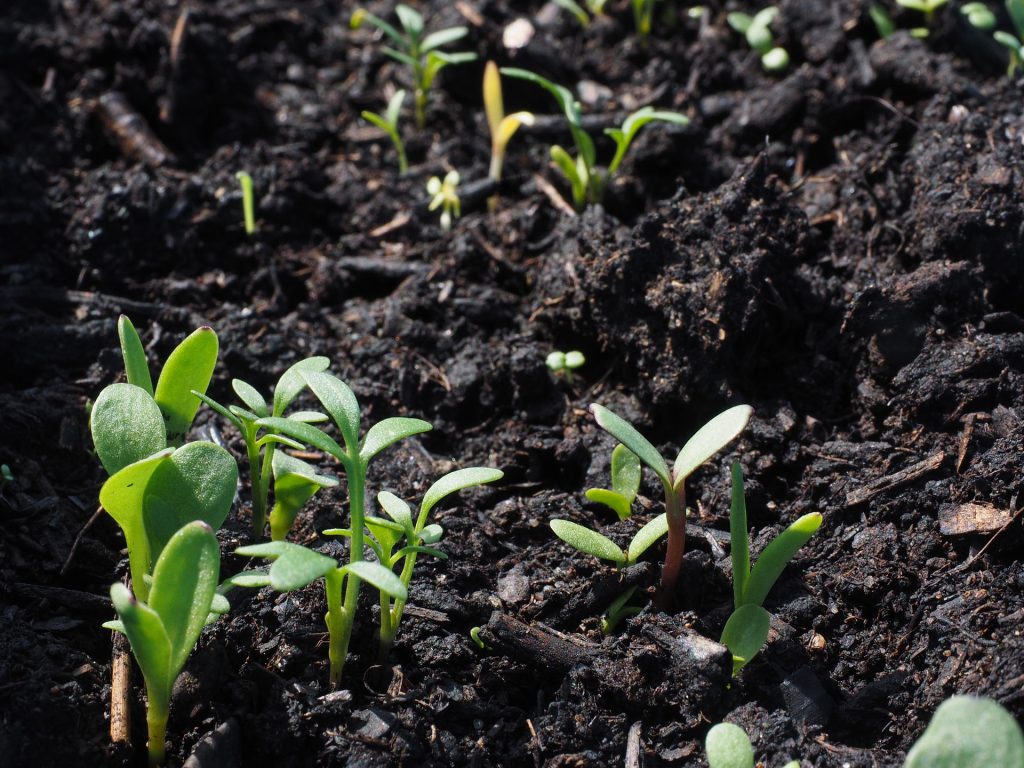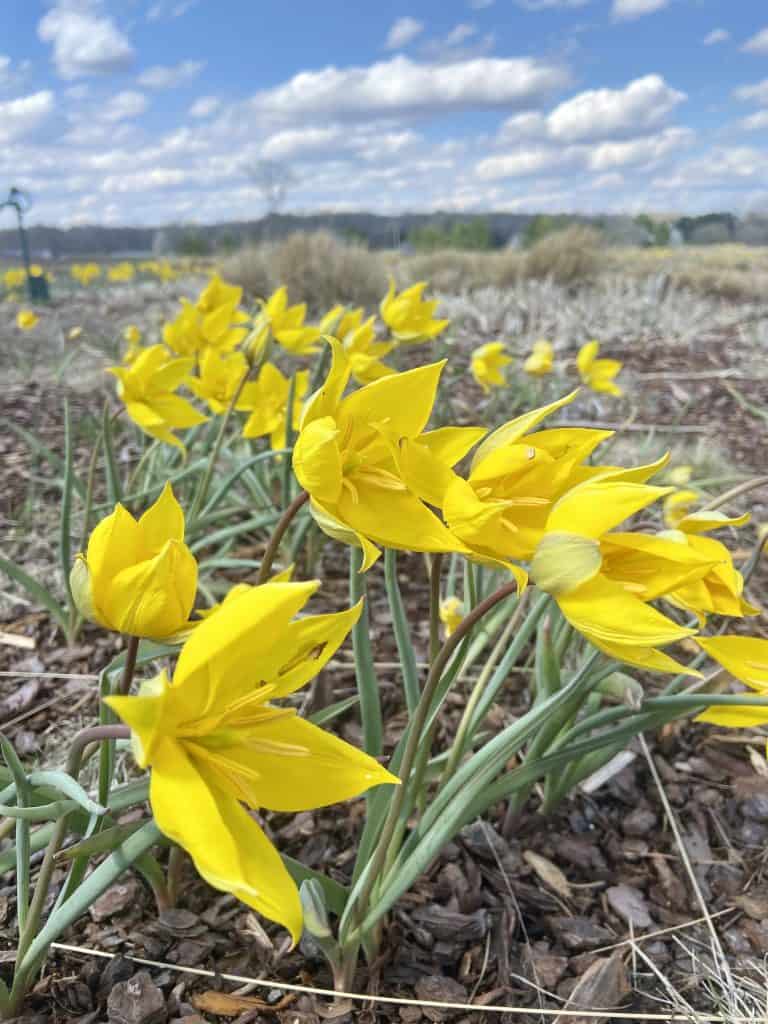Unlocking Your Garden’s Potential: A Step-by-Step Evaluation Guide and Fourteen Essential Resources.
Welcome to our comprehensive guide on evaluating your garden’s native plant potential! Whether you’re a seasoned gardener or just starting your green journey, this action plan is designed to help you transform your outdoor space into a vibrant haven for local flora and fauna. By focusing on native plants, you’ll not only enhance the beauty of your garden but also contribute to a healthier ecosystem.
In this guide, we’ll walk you through a thoughtful and systematic approach to assess which native plants are best suited for your garden. We’ll cover everything from understanding your garden’s unique conditions to selecting plants that will thrive and support local wildlife. Our goal is to provide you with practical tools and insights that will make this process both enjoyable and rewarding.
So, roll up your sleeves and get ready to embrace the rich tapestry of native plants. Let’s embark on this journey together and cultivate a garden that’s as beneficial as it is beautiful!
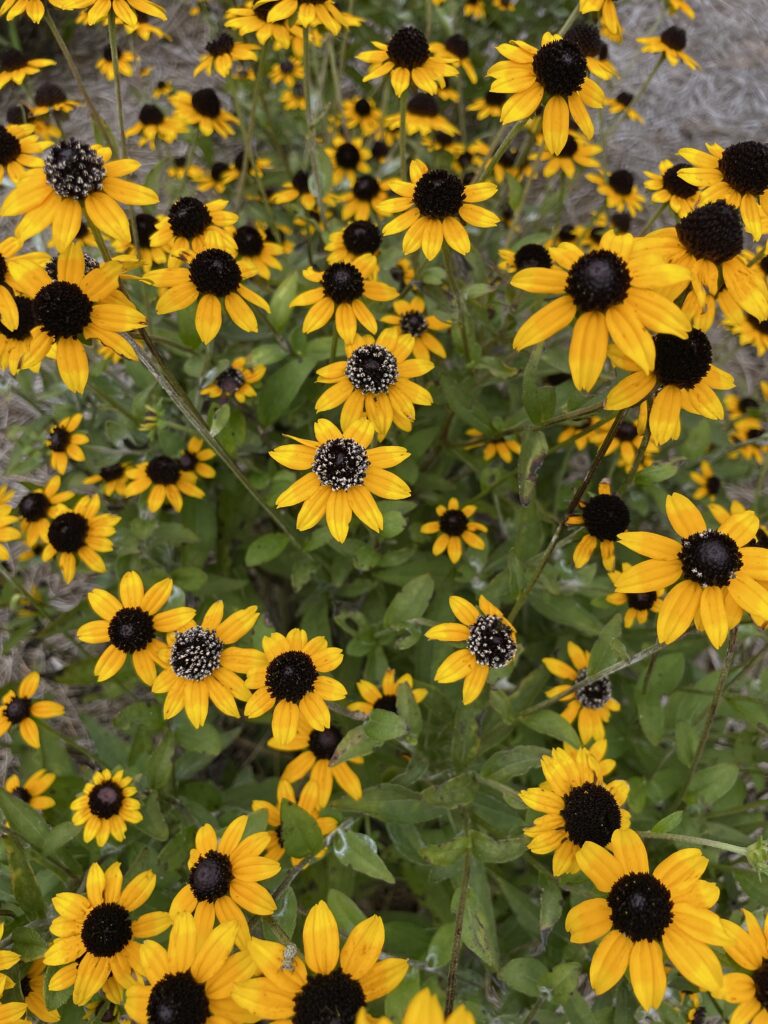
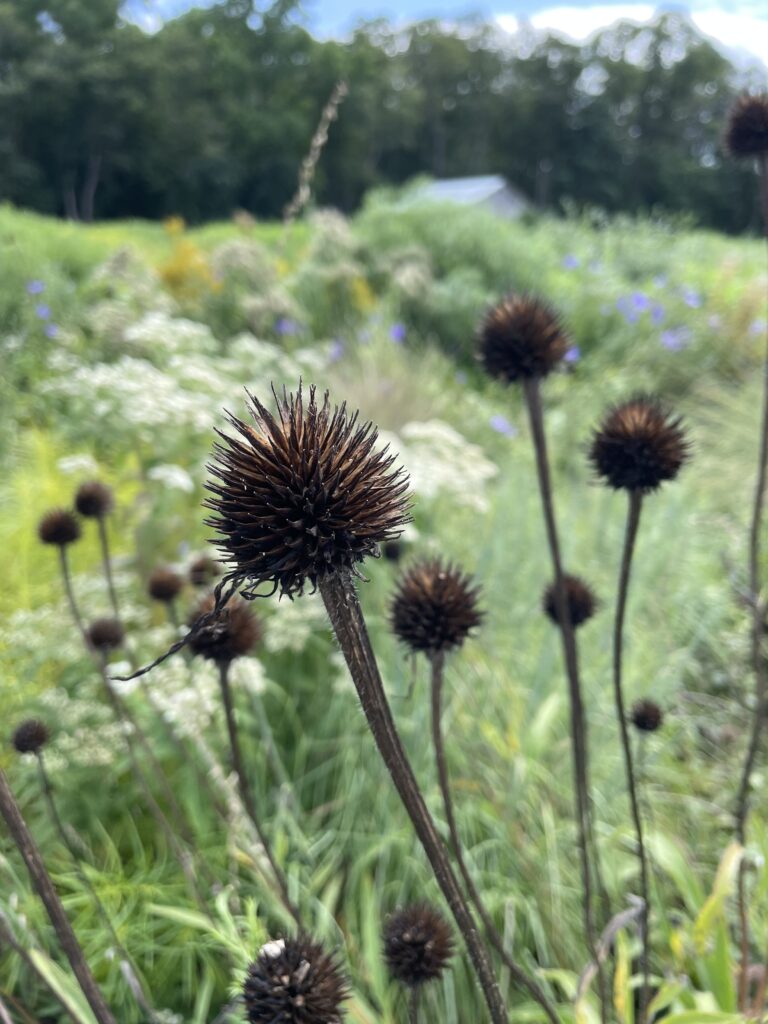
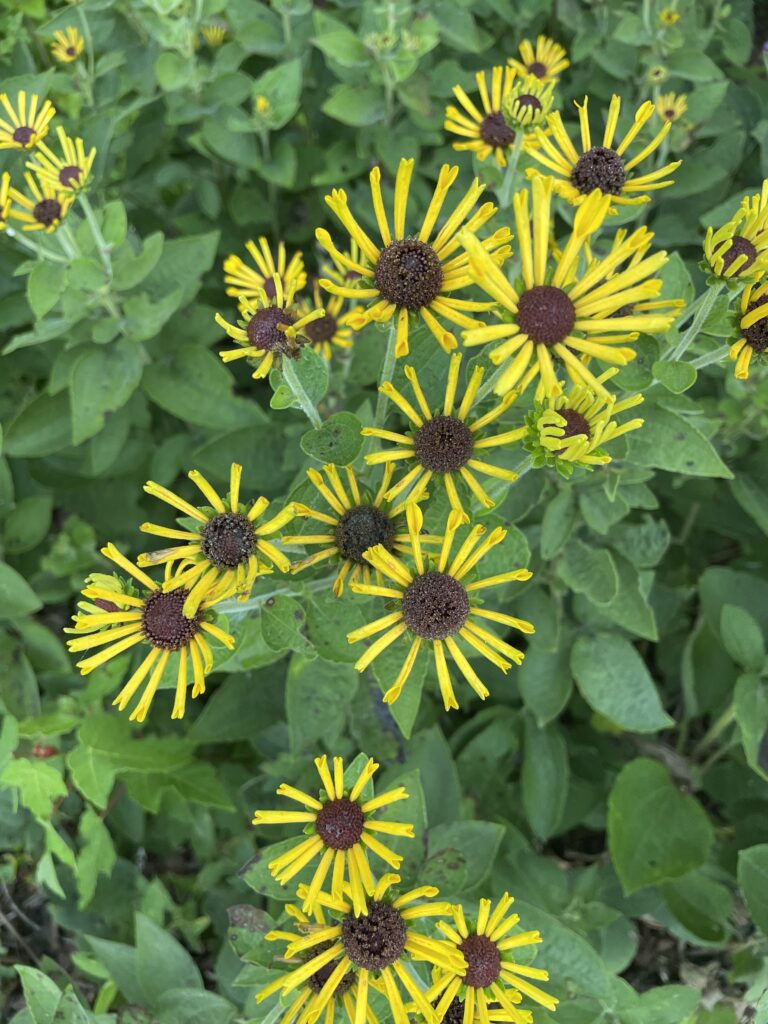
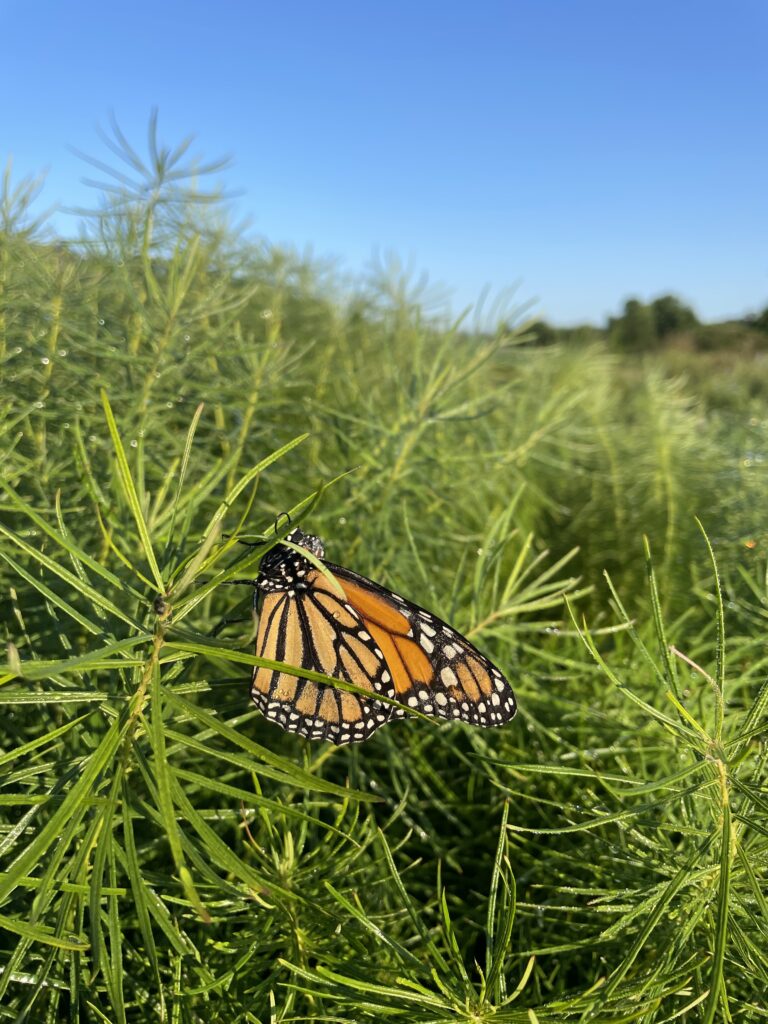
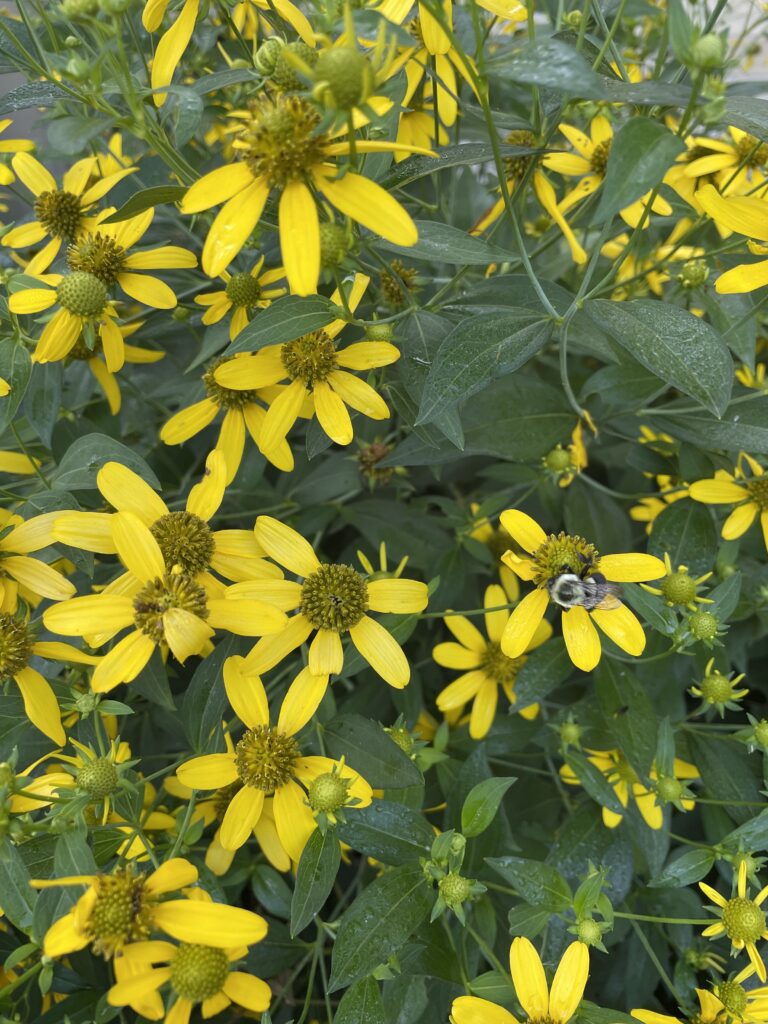
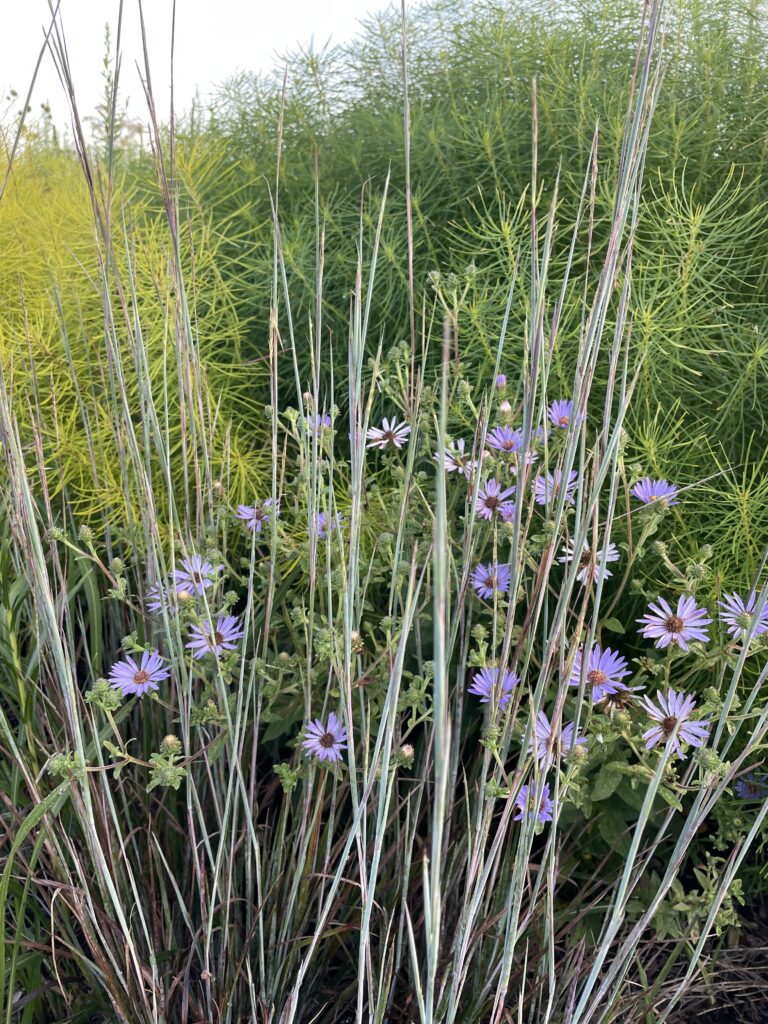
Evaluating your garden for native, non-native, and invasive plants, as well as understanding its climate, light, soil health, pH, and moisture levels, is crucial for creating a thriving and sustainable garden. Here’s a step-by-step action plan and advice to guide you through the process.

1. Identify Native, Non-Native, and Invasive Plants
a. Research Your Local Native Plants:
Start by researching the native plants in your region. Local extension services, native plant societies, or online databases can provide lists and images of plants native to your area.
b. Inventory Your Garden:
Walk through your garden and create a list of all the plants you have. Take photos and note their characteristics (leaf shape, flower color, growth habit). Use plant identification apps or consult gardening books to identify each plant.
c. Categorize the Plants:
Native Plants: Cross-reference your garden inventory with your research to identify which plants are native.
Non-Native Plants: Any plants not on the native list are likely non-native. These can still be beneficial, but they require more management.
Invasive Plants: Look for plants known to be invasive in your region. Invasive species often outcompete native plants and can harm the local ecosystem. If you find any, consider removing them.

2. Assess Your Garden’s Climate and Microclimates
a. Understand Your Hardiness Zone:
Find out your garden’s USDA Hardiness Zone, which indicates the average minimum winter temperature for your area. This will help you select plants that can survive your local climate.
b. Observe Microclimates:
Identify areas in your garden that might have different conditions from the overall climate, such as spots sheltered from the wind, areas that receive more sun, or low-lying spots where cold air settles. These microclimates can support different types of plants.

3. Evaluate Light Levels
a. Map Sunlight Patterns:
Track the amount of sunlight each part of your garden receives throughout the day. Mark areas as full sun (6+ hours), partial sun/partial shade (3-6 hours), or full shade (less than 3 hours). This will guide you in choosing plants that match the light conditions of each area.
b. Seasonal Changes:
Consider how light levels might change with the seasons, especially if deciduous trees cast shade only during certain times of the year.

4. Test Soil Health, pH, and Moisture Levels
a. Perform a Soil Test:
Purchase a soil test kit or send a sample to a local extension service to analyze your soil’s pH, nutrient levels, and composition (sand, silt, clay). The results will help you understand what amendments, if any, are needed.
b. Assess Soil Structure and Drainage:
Dig a small hole and fill it with water. If the water drains quickly, your soil is sandy or well-drained; if it drains slowly, your soil may have more clay content. This will affect which plants will thrive.
c. Check for Soil Moisture:
Monitor the moisture level by feeling the soil at different depths. Some plants require consistently moist soil, while others prefer dry conditions.
d. Identify Organic Matter Levels:
Healthy soil should have a dark color and a crumbly texture, indicating good levels of organic matter. If your soil is lacking, consider adding compost to improve its structure and fertility.

5. Create a Plan for Garden Improvement
a. Remove Invasive Species:
Safely remove invasive plants, being careful to remove roots to prevent regrowth. Replace them with native species that will support local wildlife.
b. Optimize Plant Placement:
Based on your evaluation, plant or move plants to areas where they’ll receive the right light, moisture, and soil conditions. Group plants with similar needs together for easier maintenance.
c. Amend Soil as Needed:
Based on your soil test, adjust pH with lime (to raise pH) or sulfur (to lower pH). Add compost or organic matter to improve soil health and structure.
d. Mulch and Water Appropriately:
Apply mulch to retain soil moisture, suppress weeds, and regulate soil temperature. Adjust watering practices based on soil moisture levels and plant needs.

6. Monitor and Adjust
a. Regular Observation:
Keep an eye on your garden throughout the seasons. Take note of which plants are thriving and which are struggling, and adjust your care routine as needed.
b. Continuous Learning:
Stay informed about native plants and sustainable gardening practices by joining local gardening groups or attending workshops.
c. Update Your Garden Plan:
As you learn more about your garden, refine your plant choices and care routines. Gardening is a continuous process, and small adjustments can lead to significant improvements over time.
By following this action plan, you’ll be well on your way to creating a garden that’s not only beautiful but also resilient, sustainable, and in harmony with the local ecosystem.
These are fourteen of my favorite organizations and research centers offering a wealth of information and resources for identifying and managing native and invasive plant species in North America.
1. The Nature Conservancy (TNC)
- Website: www.nature.org
- Focus: TNC works on conservation efforts, including invasive species management and native plant restoration across North America.
2. U.S. National Herbarium (Smithsonian Institution)
- Website: www.smithsonianmag.com
- Focus: Houses a vast collection of plant specimens and provides resources for plant identification.
3. Botanical Society of America (BSA)
- Website: www.botany.org
- Focus: Offers resources and research on plant species, including native and invasive plants.
4. National Invasive Species Information Center (NISIC)
- Website: www.invasivespeciesinfo.gov
- Focus: Provides comprehensive information on invasive species, including identification guides and management strategies.
5. Cornell Cooperative Extension (CCE)
- Website: www.cce.cornell.edu
- Focus: Offers resources on managing invasive species and identifying native plants in New York and surrounding regions.
6. University of California Agriculture and Natural Resources (UC ANR)
- Website: ucanr.edu
- Focus: Provides information and research on invasive species and native plants in California.
7. Missouri Botanical Garden
- Website: www.missouribotanicalgarden.org
- Focus: Offers resources and tools for identifying plants, including invasive species.
8. The Ohio State University Extension
- Website: extension.osu.edu
- Focus: Provides information on invasive species and native plants specific to Ohio and surrounding areas.
9. Canadian Botanical Conservation Network (CBCN)
- Website: www.cbc-ncb.ca
- Focus: Focuses on plant conservation in Canada, including native and invasive species management.
10. Ecosystem Restoration Research Program (ERRE)
- Website: www.rrc.ca
- Focus: Conducts research on ecosystem restoration, including native plant restoration and invasive species control.
11. NatureServe
- Website: www.natureserve.org
- Focus: Provides data and conservation solutions for native plant species and invasive species in North America.
12. The Xerces Society for Invertebrate Conservation
- Website: www.xerces.org
- Focus: While focused on invertebrates, they also provide valuable information on native plants important for habitat conservation.
13. The Prairie Ecologist
- Website: www.theprairieecologist.com
- Focus: Specializes in prairie ecosystems, providing resources on native plants and invasive species.
Wild Ones is a well-known organization dedicated to promoting the use of native plants in landscaping and restoring natural habitats. They provide valuable resources for identifying and managing native plants and addressing invasive species issues. Here’s more information about Wild Ones and its resources:
14. Wild Ones: Native Plants, Natural Landscapes
- Website: www.wildones.org
- Focus: Wild Ones works to educate and engage the public in using native plants to create sustainable landscapes. They offer information on native plant species, garden design, and invasive species management.
- Resources:
- Local Chapters: Wild Ones has chapters across North America that can provide region-specific guidance on native and invasive plants.
- Educational Materials: The organization publishes articles, books, and guides on native plant gardening and invasive species.
- Events and Workshops: Local chapters often host events and workshops focused on native plants and ecological gardening.
For detailed plant identification, Wild Ones provides resources and connections to local experts who can help with specific questions about native and invasive species in various regions.

